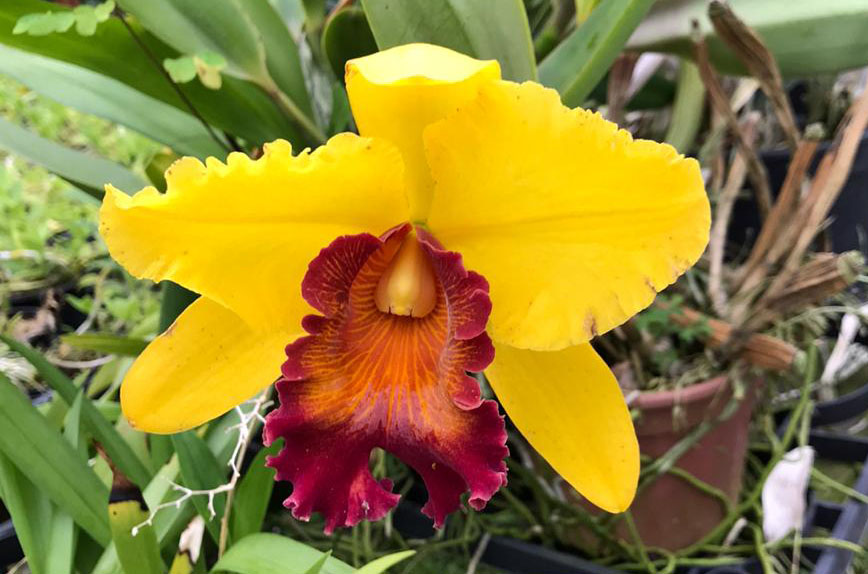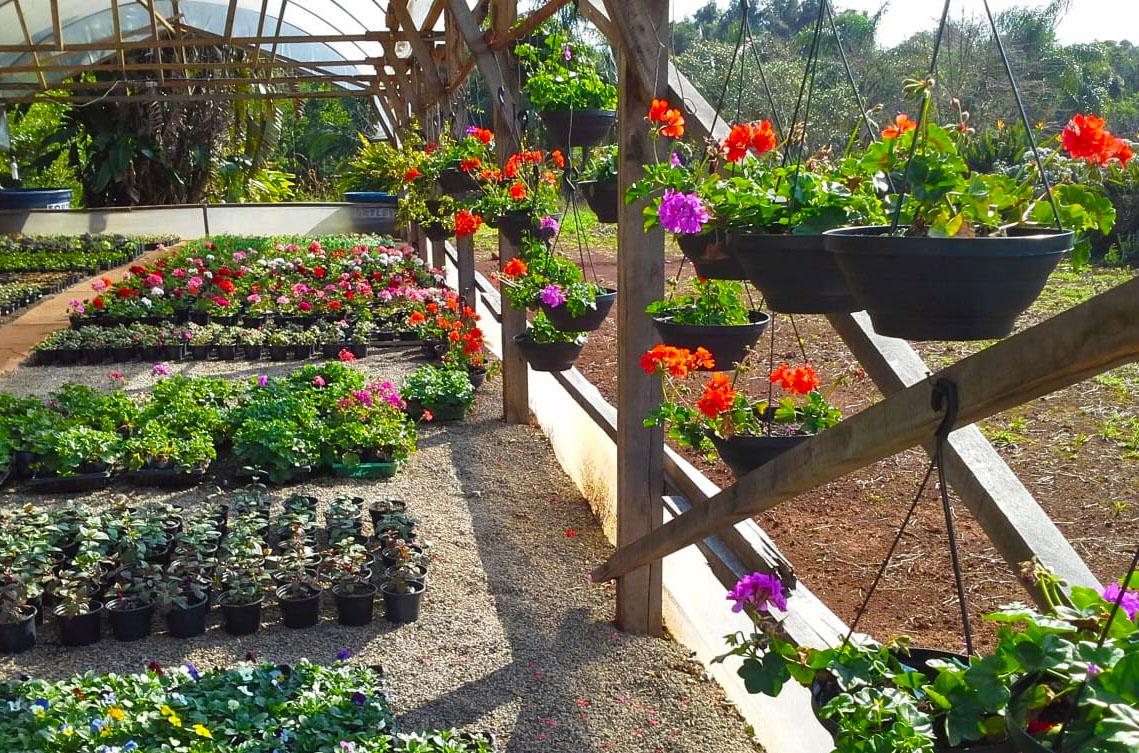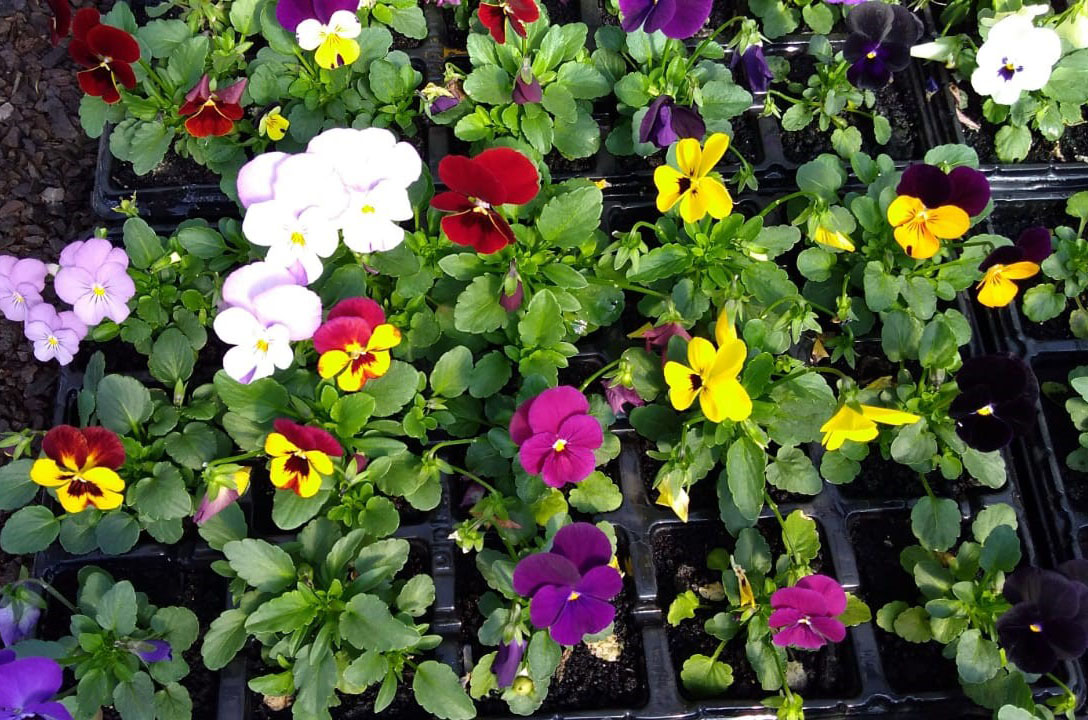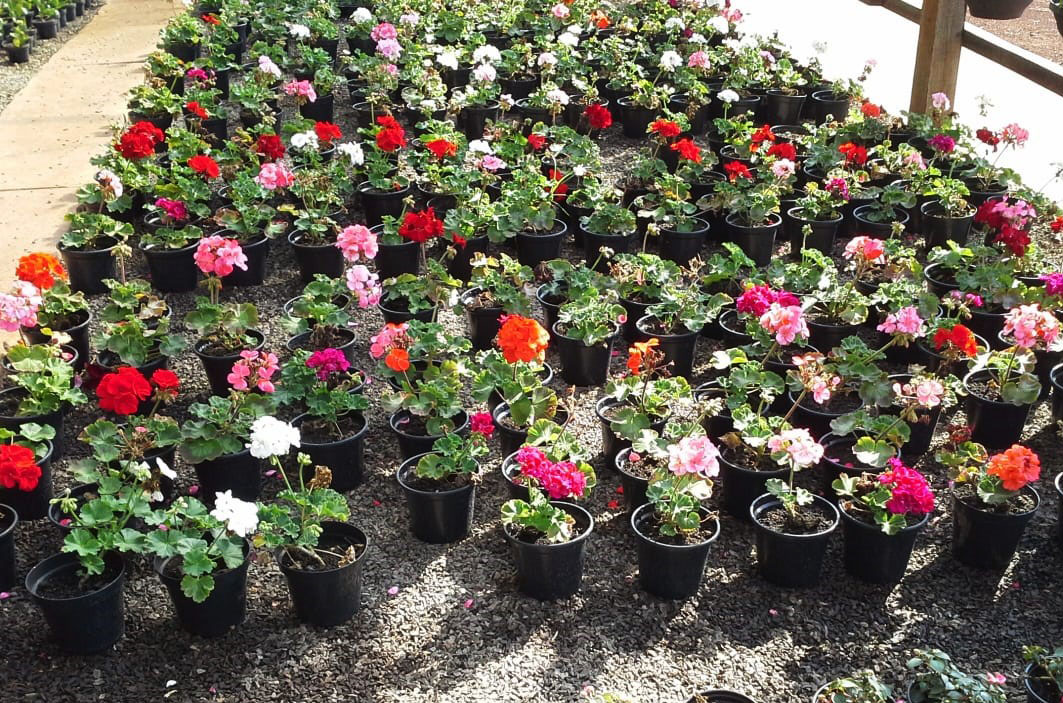Censo Agropecuário
Know stories and motivations behind the work of flower growers
January 24, 2020 02h00 PM | Last Updated: January 27, 2020 01h02 PM

Agronomist Laerte Correia began to produce flowers when he was 56 years old in 2007, after years providing technical assistance to producers in the municipality of Ivoti, Rio Grande do Sul, a region traditionally associated with floriculture. However, the fascination for this culture began in his childhood, when he helped his godmother to produce flowers to sell.
"People who take care, who work with plants and flowers for ornamentation, have no time to become stressed. The production causes a wellness that only those involved know how it is", states the engineer, who now trades cactuses, succulent plants, cut flowers and in vase, like calandivas and geraniums.
According to the 2017 Census of Agriculture, Correia´s property is one of the 1,529 establishments that produce flowers in Rio Grande do Sul. In Brazil, 16,408 establishments produce flowers and other ornamental plants. São Paulo is the state with the biggest number of establishments, followed by Minas Gerais and Rio Grande do Sul. Concerning the sales value, almost all the Federation Units registered a significant increase between the 2006 and 2017 Censuses.
"Except for Alagoas, the sector of ornamental plants increased more than 60% in Brazil", says Marcelo Souza, a researcher of the Census of Agriculture. He also mentions that that increase can be explained by the growth of the population or of the demand for this type of plant.
It is a necessary superfluous. Our day by day has many situations in which you cannot replace a flower, like a festive date, an anniversary, a decease or an extra decoration. There are a lot of situations in which the plant does not have a replacement, that is why I believe that there will always be a market for it", states Correia.
The agronomist began the production of flowers in a small area, of 200 m2, and one year later he built one more greenhouse to improve his activity. "I kept on introducing other types of flowers along the following years. Floriculture is a very wide area, with a lot of species that can be cropped, each one with its care, though nothing impossible. I do not see difficulties to produce flowers, provided that you follow a cultivation plan."
João Paulo Aguilar is another producer involved in flowers, maintaining today a property in Nova Friburgo, in the mountainous region of Rio de Janeiro. Aguilar used to spend his vacations in his family´s ranch, which became their major source of income when his father retired. "We virtually produce today 90% of the flowers in a protected environment, very simple greenhouses. We only protect them from the storms, irrigate and nourish the plants inside the greenhouses", explains Aguilar.
By the time that Aguilar´s father retired, the family produced food like peppers, jilo and sweet potatoes. Feeling a change in the market, they decided to produce flowers in the period in which Aguilar attended the course of Zootechnics, in the Rural Federal University of Rio de Janeiro.
"My father wanted to couple good profitability with the opportunity of having me in a center of excellence in agriculture", mentions Aguilar. Silver rain, caspia, estatice, fern and ivy are among the major productions of the property.
"Working with flowers is providing wellness to people. We manage to transmit a feeling of love, empathy and happiness in certain moments", concludes him.

- Photo: Luiz Ishikawa

- Photo: Luiz Ishikawa

- Photo: Luiz Ishikawa

- Photo: Claudia Schneider

- Photo: Claudia Schneider

- Photo: Claudia Schneider

- Photo: Claudia Schneider
Japanese descendants stand out in production of flowers in São Paulo
Luiz Ishikawa is a son and a grandson of Japanese immigrants. His grandparents arrived in Brazil in the late 1930s, bringing his then seven-year old father. They came attracted by the reports that there was plenty of land good for farming, though "its was not so easy like that", reminds Ishikawa.
His family passed by a number of cities in the interior of São Paulo until they reached Mogi das Cruzes, where a growing Japanese settlement settled in and where Ishikawa was born.
In the beginning, the Ishikawas planted legumes, then greenery and even had a farm. The success came with the flowers: Ishikawa plants orchids for 32 years. His wife, a son – the fourth generation of his family in agriculture in Brazil – and ten employees joined him.
The farmer is happy: "I like what I do. It is what we learned, what we know to do, but we have to like it too, because it is not easy". The region of Mogi das Cruzes is one of the big poles of floriculture in Brazil. According to the Agricultural Cooperative Flowers of São Paulo, the producers, together, provide more than 3,000 types of flowers and plants.




















